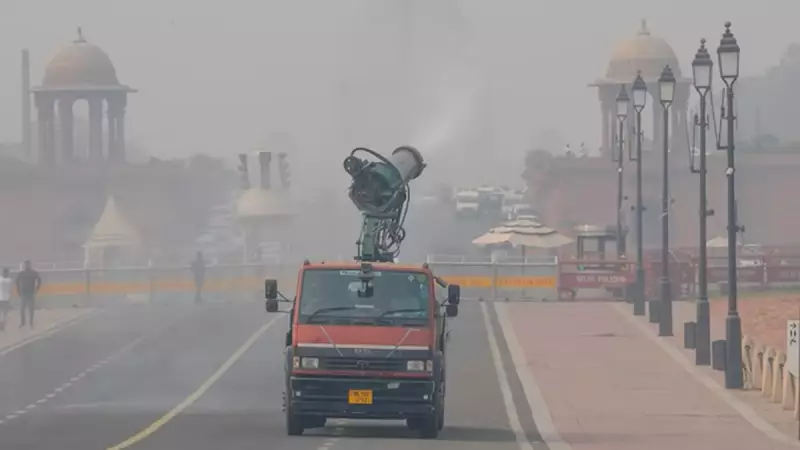
In a groundbreaking move to tackle Delhi's persistent air pollution crisis, the national capital has initiated an ambitious cloud seeding operation that could bring much-needed artificial rainfall to the city. The project officially commenced with a specialized Cessna aircraft departing from Kanpur en route to Meerut, marking a significant milestone in Delhi's environmental intervention efforts.
Emergency Environmental Measures
Environment Minister Manjinder Singh Sirsa confirmed the development, stating that cloud seeding operations are likely to occur "anytime soon" as meteorological conditions become favorable. This emergency measure represents one of the most proactive steps taken by authorities to address the hazardous air quality levels that have plagued Delhi, especially during the winter months.
How Cloud Seeding Works
The scientific process involves dispersing substances like silver iodide or salt particles into clouds to encourage precipitation. The Cessna aircraft, specially equipped for this mission, carries the necessary equipment and materials to stimulate rainfall artificially. This technology has been successfully deployed in various countries facing water scarcity or pollution challenges.
Strategic Timing and Implementation
The departure from Kanpur to Meerut suggests a carefully planned operational strategy. Meteorological experts are closely monitoring weather patterns to identify the optimal window for seeding operations. The success of this initiative could provide temporary relief from the dense smog and particulate matter that regularly envelops the city.
Government's Commitment to Clean Air
Minister Sirsa's announcement underscores the government's determination to explore innovative solutions beyond conventional pollution control measures. While long-term strategies continue, cloud seeding offers an immediate, though temporary, respite from the dangerous air quality levels that pose serious health risks to Delhi's residents.
The eyes of environmental experts and citizens alike remain fixed on the skies, awaiting the potential success of this artificial rain mission that could set a precedent for urban pollution management across India and other pollution-affected regions worldwide.





